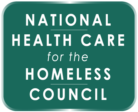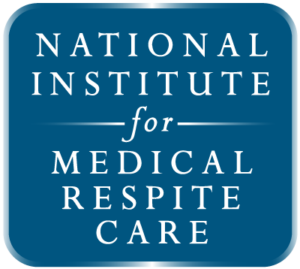Being Trauma-Informed and Its Role in Ending Homelessness
Webinar Slides(PDF) We sit at the edge of a paradigm that has the power to transform not only our work with patients, but our communities and nation as well. Ending homelessness will never happen as long as the majority of people in our society do not understand those who experience this tragic reality and what […]
Being Trauma-Informed and Its Role in Ending Homelessness Read More >>


